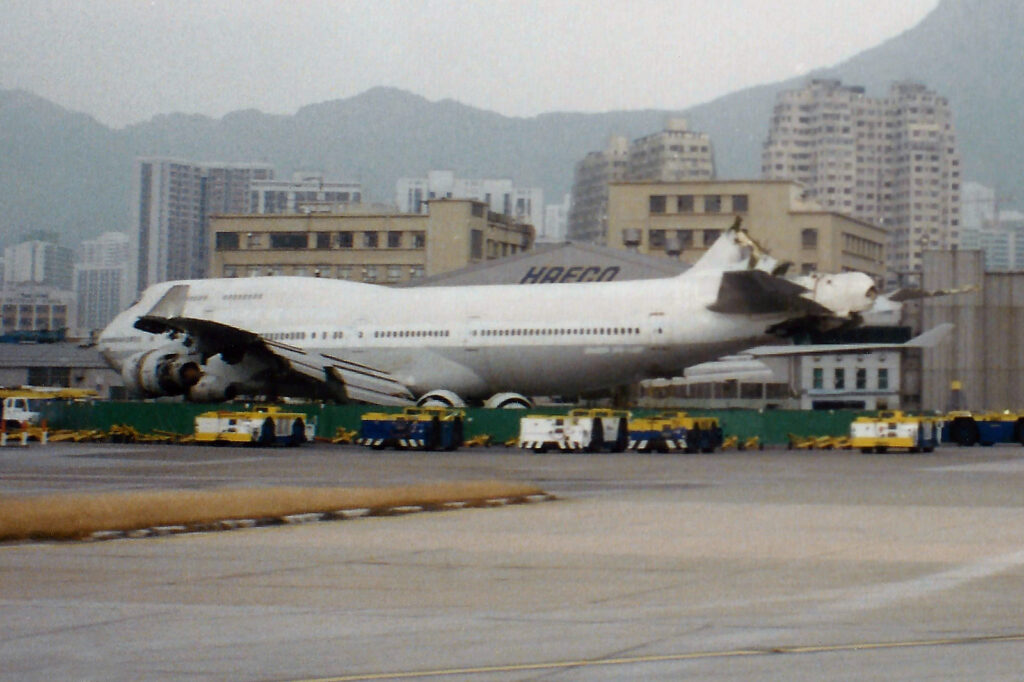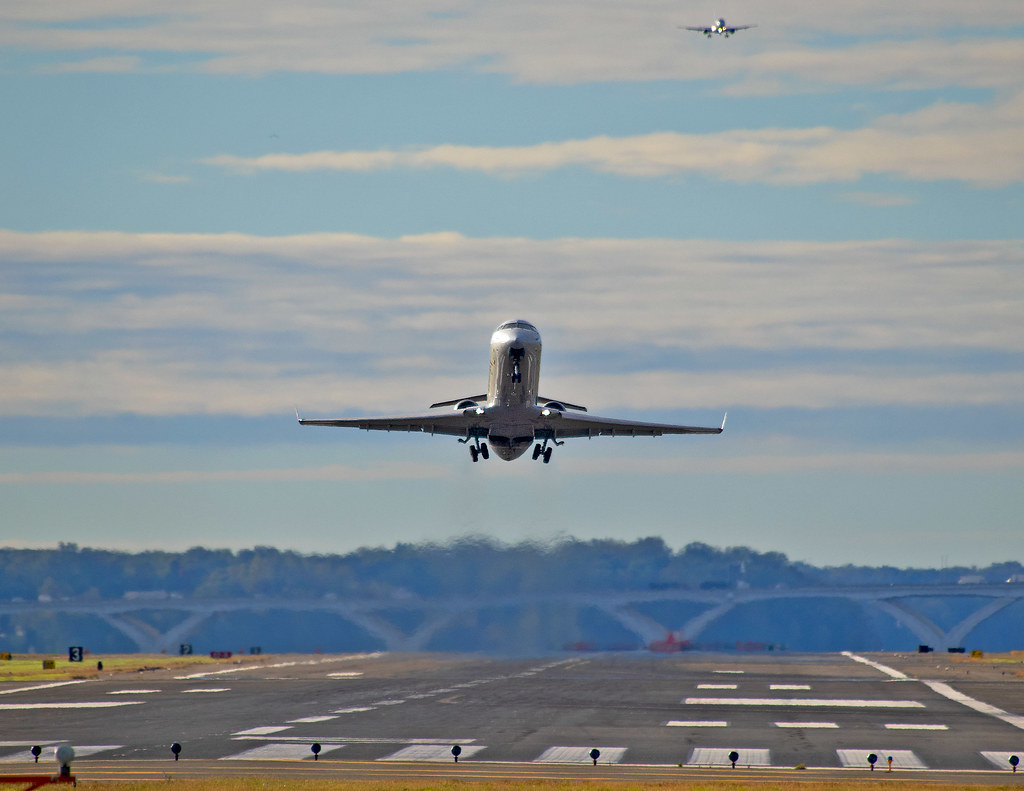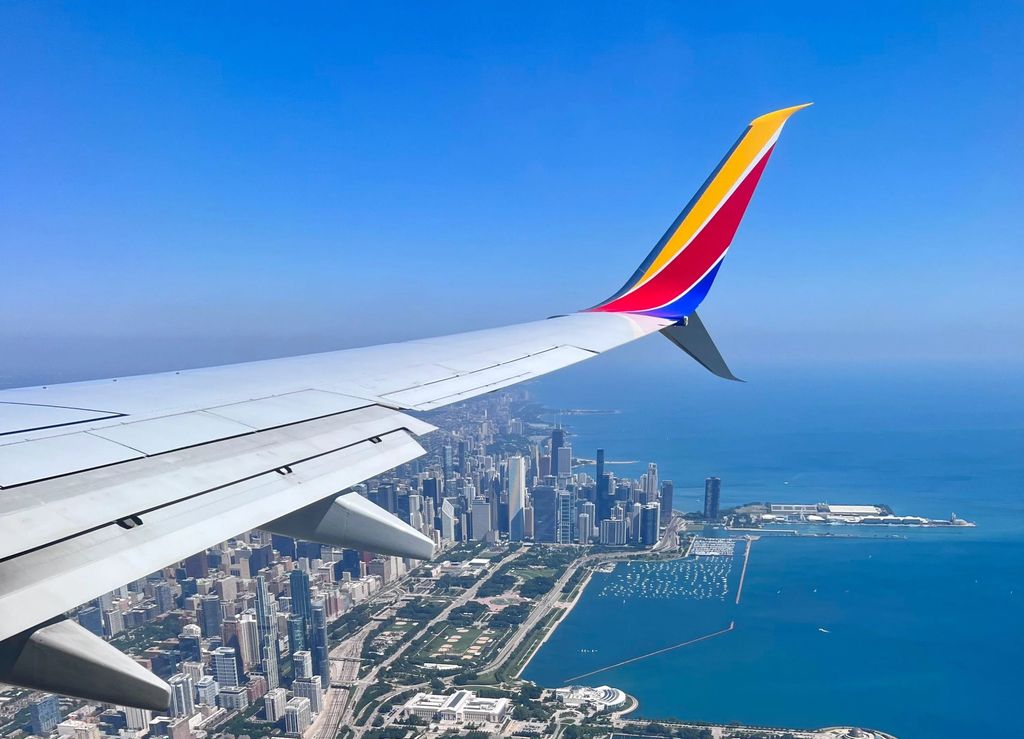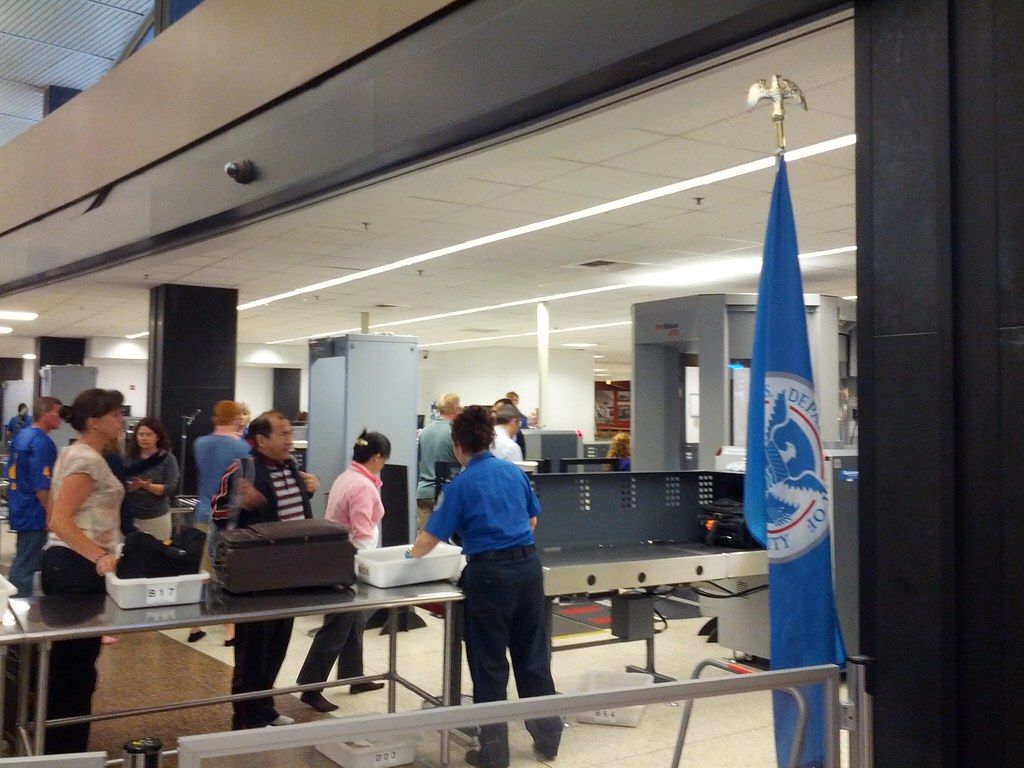
Budget travel, once purely about the lowest price, is making a sophisticated comeback, transforming into a nuanced, value-driven experience. While recent Q3 2023 reports showed some low-cost airlines struggling amidst a surge in international “revenge travel” on major carriers, this doesn’t signal the end of affordable journeys. Instead, it highlights an exciting evolution. The traditional model, focused solely on ultra-low fares, is adapting to meet modern travelers’ diverse desires, ensuring budget-friendly options remain vital.
This shift isn’t a retreat; it’s a progression. Affordable travel is re-emerging in a smarter, more dynamic form, prioritizing “value-driven experiences tailored to the modern traveler.” This new wave emphasizes personal choice, sustainability, and genuine discovery, inviting us to redefine “budget” itself. The narrative is moving beyond just cost, embracing a richer tapestry of considerations that reflect individual values and aspirations.
As a seasoned media editor passionate about global exploration, I’ve seen these changes firsthand. Let’s delve into the key drivers behind this exciting resurgence, exploring how budget travel is becoming more vibrant, responsible, and personal than ever, shaping our future adventures.

1. **The Shift from Price-Driven to Value-Driven Travel**For many years, budget travel was singularly defined by securing the lowest fare. Travelers readily accepted compromises on comfort or convenience to maximize savings. This relentless pursuit of rock-bottom prices fueled the initial boom of low-cost carriers, democratizing air travel and making it accessible to millions who previously considered it a luxury.
However, our 2024 Travel Trends Study reveals a significant evolution. The era of purely price-driven travel is no longer sufficient for many. The focus is now on “value-driven travel,” where affordability intertwines with a broader quest for personal, unique, and meaningful experiences. Travelers are increasingly asking: what true value does this journey offer beyond just the cost of the ticket?
This shift presents a substantial opportunity for travel providers. It moves them beyond a perpetual “race to the bottom” in pricing, allowing them to concentrate on offering enhanced options that resonate with deeper traveler needs. The aim is to be truly worthwhile, not just cheap. For instance, value might mean choosing an Airbnb in a local neighborhood for an immersive cultural experience, rather than a costly five-star hotel in a tourist-heavy area. This illustrates that “experiences” don’t always mean “expensive”; they simply need to be enriching and aligned with individual preferences.
Value, unlike a fixed price, is inherently relative and deeply personal. What one traveler values—perhaps a unique cultural immersion—another might prioritize flexible cancellation policies or eco-friendly accommodations. This evolving definition of budget travel demands that brands become adept at identifying and catering to these diverse interpretations of value, moving beyond a one-size-fits-all approach to offer truly tailored, budget-friendly choices.
2. **Personalization as the Holy Grail for Modern Travelers**In today’s discerning travel landscape, “personalization” has become the “holy grail” for providers aiming to attract and retain customers. It’s no longer enough to offer a basic seat or room; travelers expect offerings precisely “tailored” to their individual needs. This bespoke approach delivers value that is acutely relevant, swiftly becoming a key differentiator in the evolving budget travel market.
Personalization is crucial because it directly aligns with contemporary travel trends. As the market leans towards experiential journeys and individual needs, personalization becomes the pathway to fulfilling these aspirations. A traveler seeking budget options can be presented with a straightforward, no-frills offering at the lowest price. Conversely, an environmentally conscious individual could receive a “fully sustainable” package, reflecting their ethical priorities and willingness to pay extra for green choices.
Delivering this bespoke service requires a deeper understanding of customer needs, and effective ways to identify them pre-booking. While advanced technologies like New Distribution Capability (NDC) and Artificial Intelligence (AI) are powerful tools, simpler methods also yield results. Offering a “family-related fare” when children are included, or a “couple-themed fare,” provides effective personalization without complex technological overhauls.
Ultimately, budget travel’s future depends on this capacity for personalization. While price once drove the low-cost model, the coming years will focus on “delivering value.” Since value is a personal concept, personalization is the most effective means to deliver it, ensuring budget travel remains not just affordable, but genuinely desirable and relevant to every individual’s unique wanderlust.

3. **Sustainability as the New Cost of Entry**Travel discourse has decisively shifted, placing “sustainability” at its core. What was once a niche concern is now “no longer optional; it’s increasingly a must-have.” This transformation means that for budget travel to truly make a comeback, it must actively integrate environmentally and socially responsible practices, making sustainability a fundamental “cost of entry.”
Today’s travelers are highly conscious of their environmental footprint, translating into a tangible willingness to pay more for sustainable options. Our Travel Trends Study found a remarkable “70 percent of travelers prioritize sustainability, especially in accommodation and when seeking less crowded destinations.” This is a clear mandate for airlines, hotels, and tour operators to introduce diverse sustainable offerings, from carbon offsets to eco-friendly lodging. Lufthansa’s “Green Fares” exemplify how carriers embed and monetize sustainable choices.
While sustainable options often incur higher costs, they empower travelers to “align their choices with their values.” Budget-friendly options incorporating sustainability, even if slightly pricier, offer a compelling proposition. Consumers are not just “happy to pay more to be green”; they “increasingly demand companies to be green and sustainable.” This shift suggests environmental responsibility builds “green brand equity,” indirectly monetizing through enhanced reputation and loyalty.
Therefore, budget travel’s comeback isn’t solely about cheap flights; it’s about finding *responsible* cheap flights and experiences. It involves making conscious choices that minimize harm while maximizing discovery. The imperative for sustainability is reshaping operational models, influencing destination choices, and elevating the budget travel sector to a more ethical, forward-thinking standard, ensuring its long-term relevance.
Read more about: Navigating the Road Ahead: Unraveling Emissions Regulations for Classic American Cars

4. **Overtourism’s Impact and the Rise of Authentic Exploration**The popularity of low-cost travel inadvertently brought “overtourism,” challenging iconic destinations like Venice, Barcelona, and Amsterdam. Local governments responded with tourist taxes, rental caps, and visitor limits, reflecting a need to balance tourism benefits with community well-being and cultural preservation. “Airbnb rentals have caused rent inflation or housing shortages for locals in Lisbon and Athens,” highlighting social impacts.
While budget travelers may face higher fees or restrictions in these crowded spots, this challenge has sparked an exciting new direction: a burgeoning interest in “less-frequented, affordable locations that offer similarly rewarding experiences.” This aligns perfectly with a desire for “authentic travel,” where individuals seek genuine connections with places and cultures beyond superficial, crowded sites.
This trend creates a win-win for travelers and providers. Travelers gain opportunities to explore more affordable, intimate cultural immersions, venturing off the beaten path. Providers can “promote lesser-known destinations that offer value without contributing to the pressures of overtourism.” This approach alleviates strain on popular sites, fostering a sustainable global tourism ecosystem.
The need to address overtourism isn’t a hindrance; it’s a powerful catalyst for budget travel’s evolution. It encourages mindful exploration, urging us to seek new horizons and support communities that truly benefit from our presence. Budget travel’s comeback is partly a testament to our collective desire for more thoughtful, respectful, and ultimately enriching journeys away from the well-trodden.

5. **Budget Airlines’ Enduring Role in Market Competition**Despite recent struggles by some low-cost carriers, their fundamental role in market competition remains “a necessary gap” and an indispensable part of the travel ecosystem. William McGee notes that without these carriers, “there likely wouldn’t be any other airlines to service low-income flyers.” This highlights their critical function in keeping air travel accessible to a broad population, preventing it from reverting to an exclusive luxury.
McGee emphasizes that the “mere presence of a low-cost carrier benefits everybody,” because it “forces the majors to lower their fares.” This competitive pressure keeps overall airfares in check, even for full-service airline passengers. Budget airlines’ attractive prices compel legacy carriers to respond, often by introducing basic economy fares or adjusting pricing to remain competitive, creating a more dynamic market.
The US airline industry is in a “precarious position” with “less competition and fewer airlines… than we’ve had at any time since before World War One.” With only 12 passenger airlines, and four majors controlling 80% of the market, low-cost carriers are vital. Efforts like potentially blocking the JetBlue-Spirit merger underscore the importance of preserving this competitive balance to prevent widespread price increases.
Thus, budget travel’s “comeback” is intrinsically linked to the continued, albeit evolving, presence of low-cost airlines. They act as a crucial check on unchecked price hikes, ensuring air travel remains affordable for diverse demographics. Their sustained operation is not just about their profitability but about maintaining a healthy, competitive market that ultimately serves all travelers’ interests.
Read more about: An In-Depth Retrospective on ‘Chuck’: Exploring the Action-Comedy Spy Drama’s Enduring Legacy

6. **The Resilience and Cyclical Nature of Low-Cost Carriers**While some low-cost carriers faced financial struggles in Q3 2023, these periods don’t signal a long-term demise. The airline industry is “extremely cyclical.” As William McGee highlights, “There are upcycles and downcycles… it’s way too early to worry about the demise of low-cost carriers.” This inherent volatility means current difficulties are often part of a larger, predictable pattern, not a sign of permanent decline.
Budget airlines often find themselves in a “wrong place at the wrong time” scenario, not a “death spiral.” Factors like the “revenge travel” pivot towards international routes, where major carriers excel, and a temporary dip in business travel, which some low-cost carriers target, contributed to recent underperformance. However, these conditions are often transient, and budget airlines have a history of adapting to economic shifts and changing consumer demands.
Experts like Henry Harteveldt believe “these airlines can and will use the tools they have available to them to work their way through it.” This might involve strategic adaptations such as enhancing loyalty programs, as Frontier is doing, or simplifying booking processes, a move by Southwest. The focus remains on effective management navigation of “this tough economic climate.” The fact that we are “not in a depression or recession” provides a solid foundation for their recovery.
Ultimately, budget travel’s comeback is deeply tied to the robust, if sometimes challenging, nature of low-cost carriers. Their operational flexibility and willingness to innovate ensure their vital role. Current fluctuations are simply part of the industry’s rhythm, and these carriers are well-equipped to ride out downcycles, emerging stronger and reinforcing the enduring appeal of affordable travel options.

7. **Strategic Use of Secondary and Regional Airports**A core element of the budget airline model, and vital for affordable travel’s “comeback,” is the strategic use of “secondary or regional airports.” This calculated strategy generates significant cost savings and expands market reach, directly benefiting price-conscious travelers. It’s more than an operational detail; it’s a foundational advantage.
A primary benefit is that budget airlines can “negotiate lower landing fees” at these less-congested facilities. Unlike the busy hubs of legacy carriers, secondary airports typically have less air traffic, reducing operational costs. This efficiency is crucial for maintaining competitive fares, allowing budget carriers to pass savings to customers and keep “budget” genuinely affordable.
Beyond cost, these airports offer “reduced congestion,” leading to “quicker boarding and deplaning.” Faster turnaround times are essential, enabling airlines to “maximize aircraft utilization.” Planes spend more time generating revenue in the air, less idle on the ground. Ryanair’s 25-minute average turnaround exemplifies the efficiency gained from these environments.
Furthermore, choosing secondary airports allows budget carriers to “serve destinations that are underserved by traditional airlines.” This expands their market appeal and opens new travel possibilities. It’s particularly attractive for travelers exploring off-the-beaten-path locations or connecting directly to smaller cities without expensive transfers. This innovative route planning ensures budget travel isn’t just about major hubs, but about making a wider world economically accessible, solidifying its role in the evolving travel landscape.
Picking up where our journey left off, it’s clear that budget travel’s resurgence isn’t just about shifting consumer desires; it’s deeply rooted in innovative operational models, strategic market maneuvers, and a commitment to making global exploration more accessible than ever. These foundational elements ensure that affordable adventures remain a vital and evolving part of our travel landscape.

8. **Ancillary Revenue: The Profit Engine Beyond Fares**While the allure of a low base fare is what initially draws many of us to budget airlines, it’s the ingenious system of ancillary revenues that truly underpins their profitability and allows these carriers to thrive. This model moves beyond the traditional ticket price, creating a robust financial foundation that enables budget airlines to keep those initial fares tantalizingly low for everyone.
These are not hidden fees, but rather clearly defined options that give travelers control over their spending. Think about it: fees for checked luggage, the convenience of selecting your preferred seat, priority boarding for those eager to settle in, or even the choice to grab an in-flight meal. These à la carte services directly offset the ultra-low ticket prices, proving that profitability can indeed coexist with affordability in the competitive airline industry.
Take Spirit Airlines in the United States, for example. It’s a prime illustration of this model, generating well over 50% of its total revenue from these ancillary fees. Similarly, European giants like Ryanair and Wizz Air have mastered this strategy, showcasing how efficiently structured ancillary services can maintain a strong bottom line even when base fares are fiercely competitive.
This strategic approach transforms the airline’s offerings from a single, undifferentiated product into a customizable menu. It empowers travelers to tailor their journey precisely to their needs and budget, opting only for the services they truly value. This transparency and flexibility are increasingly appealing to modern explorers seeking control over their travel costs.

9. **Unbundled Services: Tailoring Travel to Every Budget**At the heart of the budget airline philosophy is the “pay-for-what-you-use” model, a stark contrast to the all-inclusive packages often provided by traditional carriers. This innovative approach champions consumer choice, allowing each traveler to meticulously craft their journey based on individual preferences and, critically, their budget. It’s about empowering you to decide what truly matters for your trip.
This unbundling extends to nearly every aspect of the travel experience. Do you prefer to travel light with just a carry-on, or do you need to check a larger bag? Are you willing to pay a little extra for more legroom on a longer flight, or is the standard seat perfectly fine for your short hop? This flexibility means you only pay for the specific services you intend to utilize, making every journey inherently more personal and economical.
Beyond empowering passengers, this minimalist service model also delivers substantial cost reductions for the airlines themselves. By foregoing complimentary meals, drinks, or elaborate in-flight entertainment systems, budget carriers can sharpen their focus on core operations. They provide the essential service of getting you from point A to point B efficiently, with the option to purchase additional comforts à la carte if you wish.
This ingenious model ensures that budget travel isn’t a lesser experience, but rather a more tailored one. It’s about stripping away the non-essentials to deliver a low-cost, high-efficiency transport solution, then layering on optional extras as desired. This commitment to choice and transparency is a key reason why budget travel continues to resonate with a diverse range of globetrotters.
10. **Digital Transformation: Powering Efficiency and Accessibility**In the modern era of travel, digital transformation hasn’t just been an advantage for budget airlines; it’s been a cornerstone of their operational efficiency and expanded accessibility. These carriers have wholeheartedly embraced cutting-edge technologies, leveraging them to streamline processes, enhance the customer journey, and ultimately, keep fares competitive. It’s about smart tech making travel smarter for you.
Think about the seamless experience of booking your flight online, managing your trip through a user-friendly mobile app, or breezing through automated check-in processes. These digital touchpoints dramatically reduce administrative costs for airlines, cutting down on staffing needs and paper-based systems. Simultaneously, they significantly boost convenience for passengers, allowing for self-service at every stage.
Beyond the visible customer-facing tools, sophisticated technological advancements operate behind the scenes. Advanced revenue management systems and dynamic pricing algorithms are constantly at work, meticulously optimizing fares in real-time. This ensures a delicate balance between offering attractive affordability to travelers and maintaining essential profitability for the airline, responding instantly to market demand.
This continuous technological integration isn’t just about efficiency; it’s about accessibility. By making the booking and travel process intuitive and largely self-directed, budget airlines have lowered barriers to entry, encouraging more people to explore. It allows for a level of operational agility that is crucial in a fast-paced and ever-changing global travel market, truly powering the comeback of budget travel.
11. **Economic Globalization: Expanding Horizons for Budget Travel**The accelerating pace of economic globalization has undeniably created a fertile ground for the explosive growth of budget airlines, particularly in regions experiencing significant economic expansion. As middle classes burgeon worldwide, especially in emerging economies, the desire and capacity for travel grow in tandem. Budget carriers have been perfectly positioned to meet this burgeoning demand, quite literally expanding horizons for millions.
These airlines have become pivotal connectors, linking major business hubs with remarkable efficiency, thereby fostering increased trade and facilitating cross-border investments. This network of affordable routes isn’t just about tourism; it plays a crucial role in economic development, making global commerce more accessible and dynamic for businesses of all sizes.
Furthermore, the surge in tourism driven by economic globalization has been a monumental factor in the prosperity of budget airlines. The availability of increasingly affordable flights has acted as a powerful catalyst, inspiring travelers to venture to new destinations that were once considered financially out of reach due to prohibitively high travel costs. It’s about making the world a smaller, more accessible place.
We see iconic examples across the globe: AirAsia has become synonymous with connecting Southeast Asia’s vibrant tourist hotspots, transforming regional travel. Similarly, easyJet has woven an extensive network across Europe, offering countless affordable options for exploring the continent. This global perspective, fueled by economic shifts, is a testament to budget travel’s lasting impact.

12. **The Democratization of Travel: Opening Skies for All**Perhaps one of the most profound and far-reaching contributions of budget airlines has been the undeniable democratization of air travel itself. What was once considered a luxury, reserved for the affluent or for essential business, has been transformed into an accessible reality for a significantly broader segment of the global population. This is truly about opening the skies for all.
By consistently offering incredibly low fares, these innovative carriers have enabled individuals who previously relied on more time-consuming and often less comfortable modes of transportation—such as trains or buses—to experience the speed and convenience of flying. This fundamental shift has not only dramatically expanded the overall market for air travel but has also reshaped societal expectations.
Beyond mere accessibility, this democratization has fostered a powerful wave of cultural exchange and connectivity among diverse communities across the world. When travel becomes affordable, people from different backgrounds can visit, learn from, and engage with other cultures, breaking down barriers and building bridges. It’s a powerful force for global understanding.
This transformative impact underscores how budget airlines have redefined what it means to travel in the 21st century. They have taken a service once confined to a select few and made it a practical option for millions, fundamentally changing our relationship with distance and discovery. This is a comeback driven by a deeper, more inclusive vision of exploration.

13. **Stimulating Regional Economies: A Catalyst for Local Growth**Budget airlines have consistently played a truly pivotal role in revitalizing and stimulating regional economies, particularly by forging crucial links between secondary cities and often remote areas with major urban centers. Their strategic route planning isn’t just about moving people; it’s about injecting economic vitality into communities that might otherwise be overlooked.
This enhanced connectivity has proven to be a powerful engine for economic growth. It directly fuels expansions in vital sectors such as tourism, hospitality, and retail, as more visitors arrive and spend money locally. This influx, in turn, translates into the creation of new jobs and broader economic development, offering tangible benefits to local populations.
Consider the significant impact of Ryanair’s operations, which have demonstrably boosted tourism in sun-drenched destinations like Spain’s Canary Islands and the charming Puglia region of Italy. These are places that, while beautiful, might not have seen such a consistent flow of international visitors without the affordable access provided by budget carriers.
Similarly, AirAsia’s expansive network has opened up entirely new markets across Southeast Asia, allowing smaller, less-known destinations to flourish by welcoming a fresh wave of travelers. This innovative approach to route development ensures that budget travel isn’t solely about major hubs, but about making a wider, more diverse world economically accessible, solidifying its profound economic footprint.

14. **The Enduring Impact and Future Outlook: Challenges and Evolution**The rise of budget airlines has left an indelible mark on the global aviation industry, forcing traditional legacy carriers to fundamentally reevaluate and adapt their long-standing business models. This competitive pressure has been a boon for consumers, leading many legacy airlines to introduce basic economy fares or even launch their own low-cost subsidiaries to vie for market share, resulting in broader price reductions across the board.
However, this transformative journey is not without its hurdles. Environmental sustainability stands as a significant challenge; the rapid increase in short-haul flights raises concerns about carbon emissions. Carriers like easyJet are exploring carbon offset programs and future technologies like electric aircraft, but balancing environmental goals with their core cost-efficiency model remains a complex task for the industry.
Labor relations also present a continuous challenge, as the relentless focus on cost-cutting has, at times, led to tensions over wages, hours, and benefits, as evidenced by past disputes involving Ryanair. Finding a harmonious balance between operational efficiency and fair worker welfare is crucial for long-term stability and growth. Customer experience and perception also face scrutiny; the no-frills model, strict baggage rules, and reliance on secondary airports can sometimes lead to traveler dissatisfaction, reminding airlines to continuously refine their value proposition.
Looking ahead, the future of budget airlines is poised for continued evolution. Significant growth opportunities lie in expanding into emerging markets across Asia, Africa, and Latin America, where rising incomes promise a burgeoning demand for affordable travel. Furthermore, a deeper embrace of sustainability through investments in sustainable aviation fuels and innovative aircraft technologies will be paramount. Finally, even greater technological integration—leveraging AI, machine learning, and big data—will be key to optimizing operations and enhancing customer experiences, ensuring budget travel remains dynamic and highly relevant in a constantly changing world.
Read more about: Erika Eleniak’s Enduring Journey: From ‘Baywatch’ Icon to a Life Defined by Resilience and Reinvention
So, as we chart the course for future explorations, it’s clear that budget travel isn’t just surviving; it’s thriving, albeit in a reinvented, more conscious form. This isn’t about compromising on the richness of your journey, but rather discovering how smart choices can lead to truly unforgettable, value-driven experiences. The sky’s the limit for savvy travelers, and with these evolving models, the world is genuinely more accessible than ever before. Go forth and explore, responsibly and brilliantly!






